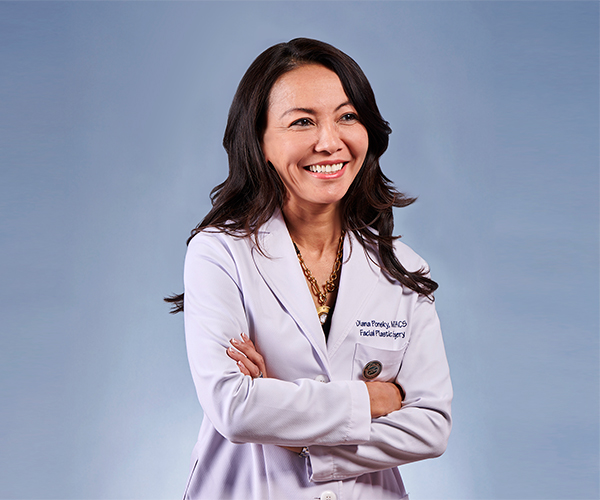Superman Christopher Reeve made the device — called the NeuRx Diaphragm Pacing Stimulation (DPS) System — famous. He was one of the first paralyzed patients to receive the DPS at University Hospitals Case Medical Center and it helped him breathe without a ventilator.
Now, the device, developed by UHCMC’s Dr. Raymond Onders and once used exclusively for paralyzed patients, is being tested on people suffering from Lou Gehrig’s disease. Amyotrophic lateral sclerosis, a degenerative disease of the nervous system, remains a rare (there are one to three new cases diagnosed per 100,000 people per year) but devastating disease. Dr. Bashar Katirji, a neuromuscular specialist at UHCMC, is studying the use of diaphragm-pacing stimulation in ALS patients with breathing troubles.
Now, the device, developed by UHCMC’s Dr. Raymond Onders and once used exclusively for paralyzed patients, is being tested on people suffering from Lou Gehrig’s disease. Amyotrophic lateral sclerosis, a degenerative disease of the nervous system, remains a rare (there are one to three new cases diagnosed per 100,000 people per year) but devastating disease. Dr. Bashar Katirji, a neuromuscular specialist at UHCMC, is studying the use of diaphragm-pacing stimulation in ALS patients with breathing troubles.
When a patient sustains a spinal-cord injury above the breathing center — located in the lower brain stem through the cervical spine — the nerve that communicates with the brain is discon-nected. The DPS device, implanted through the stomach into the diaphragm, paces the diaphragm without the control of the brain.
In ALS patients, the decline in their ability to breathe is more complex. They don’t experience an abrupt and clear-cut injury as do patients with spinal-cord injuries. However, since ALS affects the ability of both the upper- and lower-motor neurons to work, as the disease progresses, breathing becomes increasingly difficult.
Most ALS patients end up with a cumbersome mask device or invasive intubation to help them breathe. Katirji hopes that the exclusive UHCMC diaphragm-stimulation device will help patients breathe easier without having to use those uncomfortable devices. Since May 2005, the device has been implanted in about 15 ALS patients.
“The next step is going to be randomized, where we actually split patients and some get the stimulator and some don’t get the stimulator,” says Katirji. In January, the study was expanded to collaborate with other medical centers, including Johns Hopkins and Stanford.
“I think unless we figure out what causes this disease, we won’t be able to cure it,” says Katirji. “We may be able to improve it, we may be able to slow it down, but not cure it, unless we find the cause.”
Eventually Katirji hopes the device can be used to help patients suffering from other neuromus-cular diseases such as muscular dystrophy and hypoventilation syndrome.



